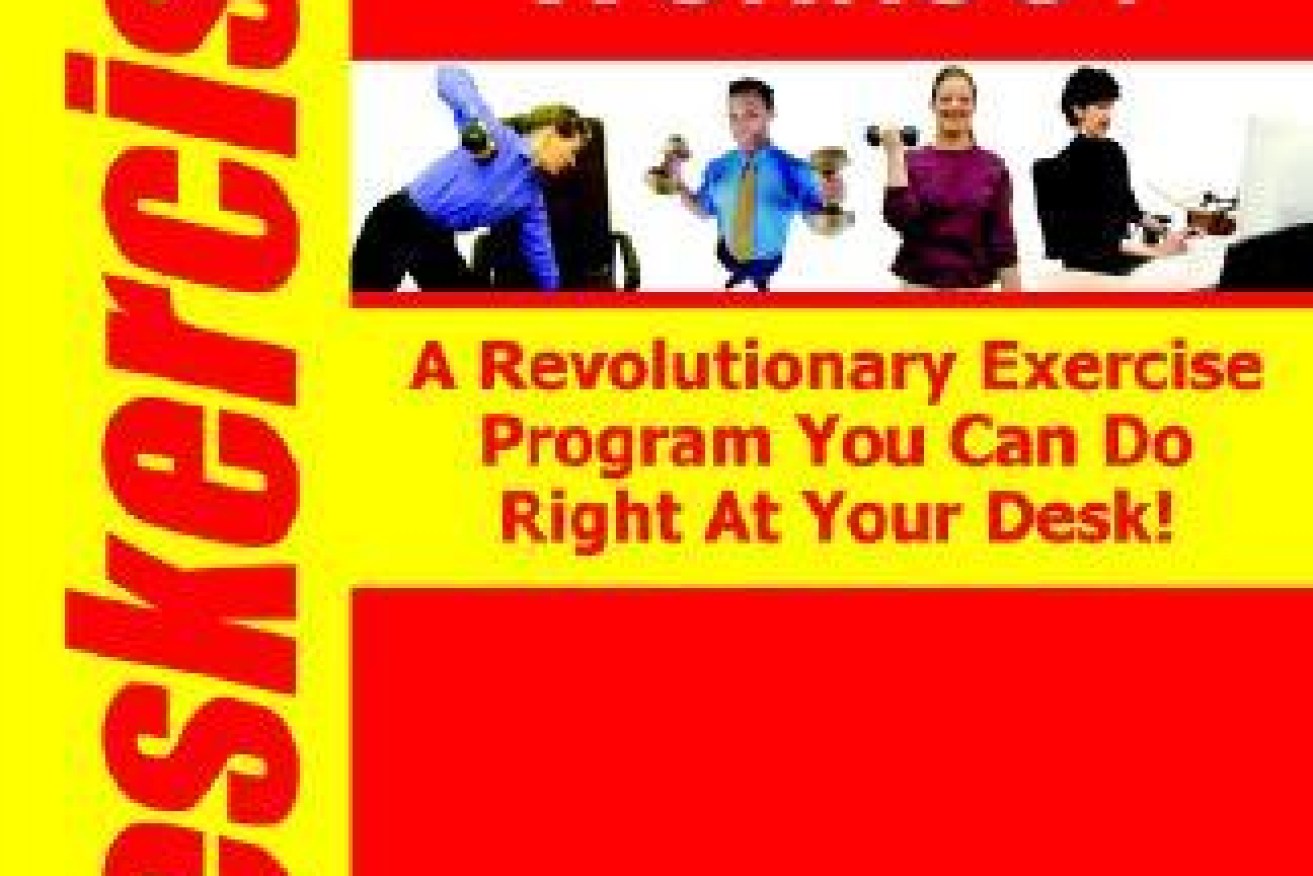This story will get you out of your chair

It seems the world is finally coming to terms with the fact that humans evolved to stand, not to sit – well, health researchers, savvy office workers and many commuters, at least.
The evidence is mounting to show that spending too much sitting at work, during your commute and for leisure increases your risk of diabetes, certain cancers, heart disease and early death.
This isn’t a new revelation. Bernardino Ramazzini first described the ill effects of too much sitting at work in the 1700s and advised people to break up sitting and stimulate blood flow.
• The unhealthy eating habits you don’t know you have
• Eating your way to a better immune system
But technological advances and ergonomic experts have made sitting more comfortable and more enticing. Australian adults now sit for an average of nearly nine hours a day. This is longer than the time that most people spend sleeping.
So, is it time to buy a standing desk? Let’s examine the evidence.
Many people know when they’ve been sitting too long because their back or neck gets sore. These are effects many can relate to because we can actually feel them.
But it’s what you can’t feel or see that you may need to be concerned about. Canadian researcher Dr Peter Katzmarzyk, for instance, found that those who sat almost all of the time had nearly a one-third higher risk of early death than those who stood almost all of the time.
 University College London researcher Dr Emmanuel Stamatakis found similar results among women in the United Kingdom: those whose work involved mostly standing/walking about had a 32 per cent lower risk of early death than those who worked in sitting jobs.
University College London researcher Dr Emmanuel Stamatakis found similar results among women in the United Kingdom: those whose work involved mostly standing/walking about had a 32 per cent lower risk of early death than those who worked in sitting jobs.
For the average adult, standing burns more calories and involves more muscular contraction than sitting. One study reported 2.5 times higher average muscular activity of the thigh when standing compared to sitting. This is important for improving blood sugar profiles and vascular health, reducing the risk of early death.
Enforced standing has actually been used as an interrogation technique
But it’s important to note prolonged standing can also have adverse health effects. Compared to sitting, when we stand, our hearts and circulatory systems work harder to maintain blood flow to the brain, because they are countering the effects of gravity. Standing still for long periods of time can lead to swelling, heaviness or cramping of the legs.
Enforced standing has actually been used as an interrogation technique (though former US secretary of defense Donald Rumsfeld couldn’t understand why it was only for four hours – he stood for eight to ten hours a day).
If standing still for too long is potentially risky, what should you do?
To obtain the health benefits of standing and reduce the potential adverse effects, the best option is to alternate between sitting and standing. Our message is to stand up, sit less and move more.
Alternating between sitting and standing will increase muscular contractions, stimulating blood flow and resulting in more calories burnt and healthier blood sugar levels. Recent findings from our lab show that alternating between 30 minutes of sitting and standing can improve blood sugar levels after a meal.
Now, if you’re leaning towards getting a standing desk but are concerned about your concentration and productivity, there’s some good news. Research shows task performance such as typing, reading and performing cognitive tests is largely unaffected by standing desks.
Thomas Jefferson, Winston Churchill, Virginia Woolf, and Ernest Hemingway fought off the urge to sit with the aid of standing desks. It might be time for you to do the same, and alternate between sitting and standing.
If you’re still not ready for a stand-up desk, these tips might help get you moving:
Bethany Howard receives funding from the NHMRC and the Heart Foundation.
Neville Owen receives funding from the NHMRC.
This article was originally published on The Conversation. Read the original article.
Do you work at a desk all day? Do you suffer from headaches, a stiff neck or back pain? Then Deskercise: The Workplace Workout is for you. Buy it here.
This fully-illustrated guide teaches you simple exercises and stretches you can do right at your desk to counteract the stresses of having a desk job. You will learn how to exercise and stretch properly, the importance of muscle balance and flexibility, as well as simple techniques to improve your posture. By doing the easy 15-minute Deskercise workout everyday, you can improve your health, eliminate pain and have a better quality of life.









